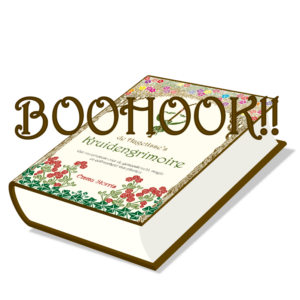
Ribwort plantain, Plantago lanceolata, has definitely earned its monograph in this vademecum. Although it is a plant that is easy to overlook – with an inflorescence that can hardly be called spectacular – its deeds are heroic. And the best thing? You can find this plant practically everywhere.
Plantain’s most striking medicinal properties must be those acting on all kinds of respiratory diseases. Looking for a quick way to tackle hay fever? Take plantain tea. Bothered by sinuses that just never seem to clear? Plantain is your friend.
Externally, this plant is a go-getter as well. With plantain around, you can treat wounds quickly and effectively. Chronic skin conditions also benefit from the application of Plantago lanceolata. And these are only plantain’s main effects. It can do much more.
The magical properties attributed to plantain mainly fall in the field of sympathetic medicine. You can put this plant in your shoes to prevent tired feet or tie its root to your body to keep a fever in check. Plantain is also used to work love and protective magic.
Now that you know all this, you will probably look at this plant differently and allow it to grow undisturbedly in your garden. That saves a lot of unnecessary weeding efforts!
Plantain has a short rhizome with many rhizoids. The leaves are located directly above the root in a leaf rosette. They have three to seven parallel veins, are lanceolate and up to 20 cm long, in exceptional cases even longer. The stem is long, sturdy and hairless and can grow up to 50 cm in length.
At the top of the stem, you will find the inflorescence, a spike up to 5 cm long with dark sepals and small light green flowers with protruding white stamens. The flowers bloom in rings around the spike from bottom to top, followed by small capsule fruits. The capsules contain brown, oval seeds.
Plantain was already used as food and fodder as early as 12,000 years ago. Evidence of this has been found in the Middle East and Norway.
In Great Britain and Ireland there are several children’s games employing ribwort plantain.
The indigenous people of North America call plantain “footsteps of the white man” because settlers brought this plant from Europe along all the roads they walked.
Plantago major has largely the same effects as minor – although I prefer ribwort because it is slightly more powerful – and therefore deserves our respect as well.
Basic membership is free. A plant monograph contains:
It's not allowed to copy content of this website
and view hidden content
